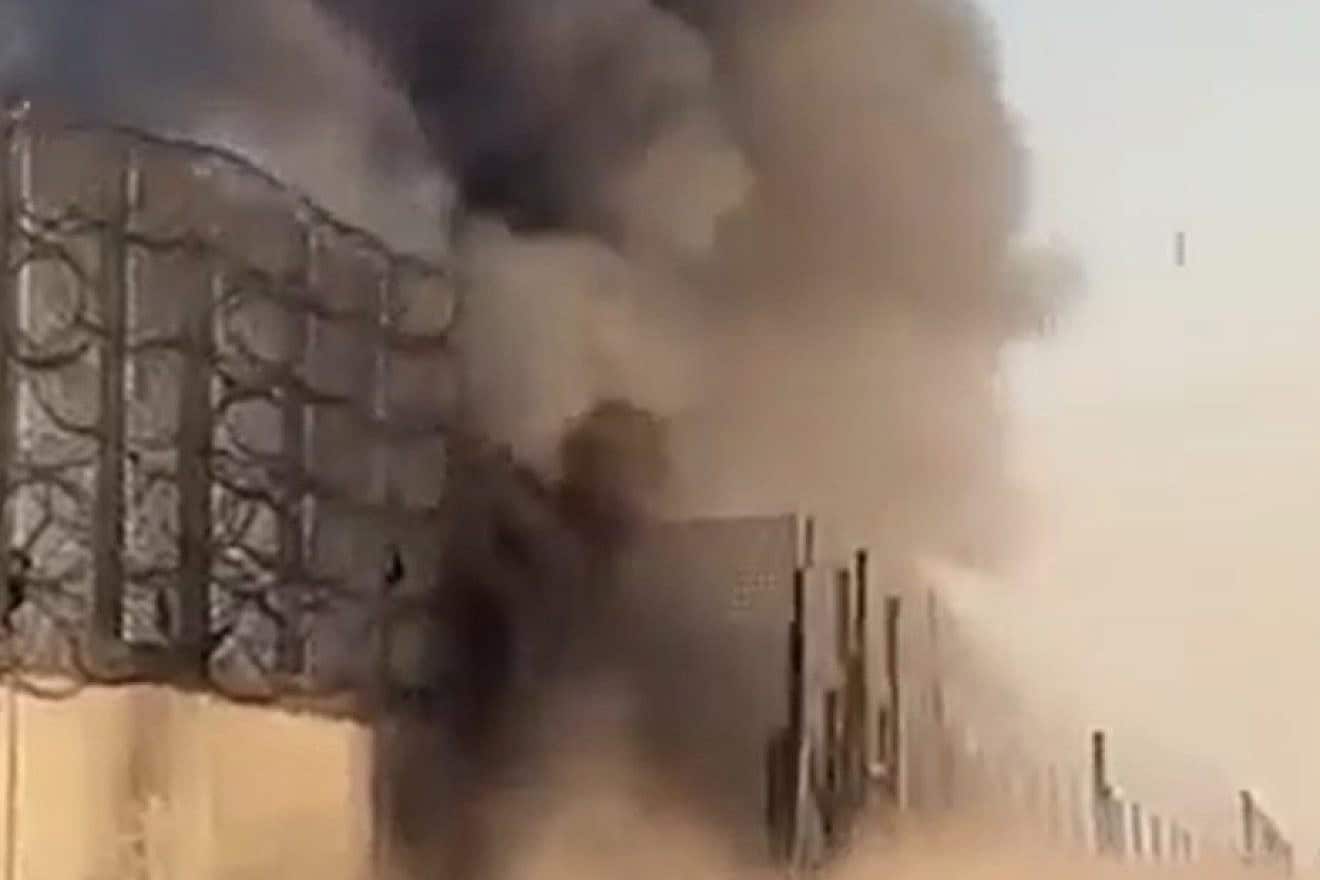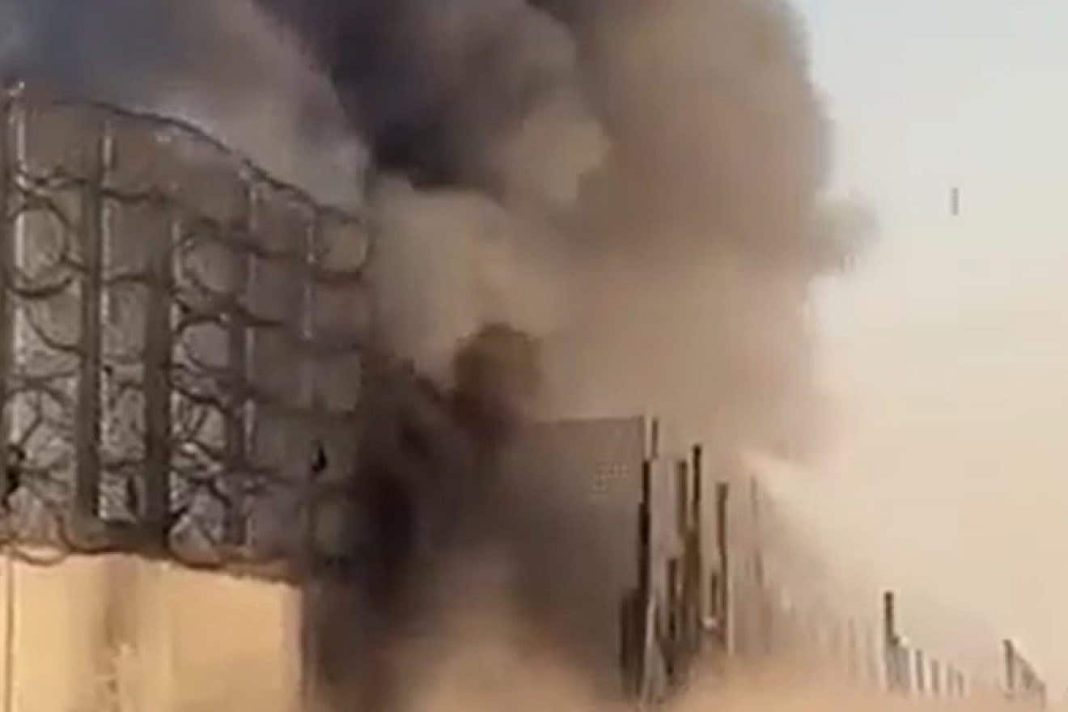 Introduction:
Introduction:
In a shocking turn of events, dozens of migrants who were involved in a violent riot at the border in El Paso, Texas have been released into the United States. This news comes after 211 migrants were caught on video rushing towards the US border and attacking Texas National Guardsmen. The incident raises questions about accountability and the handling of migrants at the border.
The Release of Rioting Migrants:
After the migrants accused of participating in the riot were released from state custody, they were handed over to Immigration and Customs Enforcement (ICE). Out of the group, 43 were set free by ICE, while 32 others are being held in custody pending court hearings and 105 are still detained pending removal from the US. According to ICE, decisions regarding release are made on a case-by-case basis, taking into account prosecutorial discretion and the protection of communities.
The Reality of Arbitrary Releases:
Despite ICE’s stated approach to releases, a Homeland Security source claims that the reality is far more arbitrary. The source reveals that migrants are released into the US because authorities cannot deport them quickly enough and need to make room at detention centers for more serious offenders. For example, even child molesters may be released due to housing space or the severity of their charges. This raises concerns about the prioritization of public safety and the effectiveness of immigration enforcement.
Felony Charges and Ringleaders:
Texas authorities identified nine migrants as ringleaders of the riot and intended to file felony rioting charges against them. However, two of these individuals were released by Border Patrol soon after their identification. One of the ringleaders, Gabriel Enrique Angarita Carrasquero, remains at large after allegedly using a rope to pull down a gate during the riot. This highlights potential flaws in the system, as dangerous individuals may be able to evade accountability and pose ongoing risks.
Preventing Future Violence:
In response to the riot and to prevent similar incidents in the future, Texas has armed its soldiers and state troopers with non-lethal pepperball guns. These weapons, which shoot projectiles containing pepper spray, provide a safer alternative for border enforcement personnel. The deployment of these pepperball guns has been deemed effective in deterring illegal incursions, making soldiers feel safer and potentially reducing the risk of violent clashes at the border.
Conclusion:
The release of migrants involved in the El Paso border riot has raised concerns about accountability and the handling of immigration enforcement. While ICE claims to make release decisions on a case-by-case basis, a Homeland Security source suggests that arbitrary factors such as deportation constraints and detention center capacity may play a role. The case also highlights the challenges of apprehending and prosecuting ringleaders involved in violent incidents. However, efforts to prevent future violence, such as arming soldiers with non-lethal pepperball guns, show a commitment to improving border security while minimizing the risk of harm.


